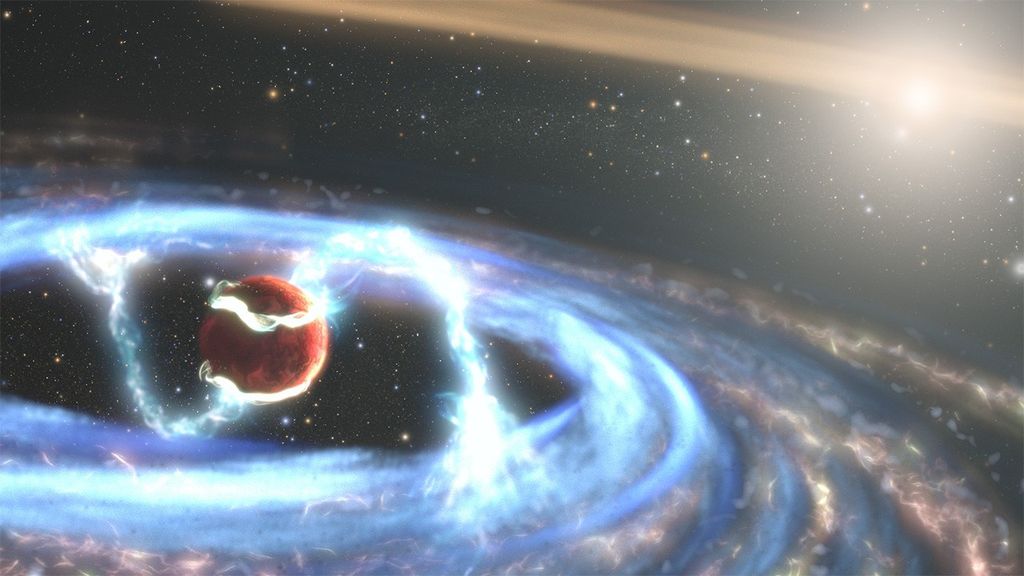Perseverance’s Mastcam-Z Views ‘Hogwallow Flats’
| Credit | NASA/JPL-Caltech/ASU/MSSS |
|---|---|
| Language |
|
NASA’s Perseverance Mars rover used its Mastcam-Z camera to capture this enhanced color image of “Hogwallow Flats” on June 6, 2022, the 461st Martian day, or sol, of the mission.
Hogwallow Flats is made up of fine-grained sedimentary rock that was deposited underwater in the ancient past. Perseverance collected two pairs of rock-core samples near this area because of its high potential for preserving signs of ancient life and information about the timing of habitable conditions in Mars’ Jezero Crater.
Figure A is a natural color version of the same image.
Figure B is a movie that zooms in on the image.
A key objective for Perseverance’s mission on Mars is astrobiology, including the search for signs of ancient microbial life. The rover will characterize the planet’s geology and past climate, pave the way for human exploration of the Red Planet, and be the first mission to collect and cache Martian rock and regolith (broken rock and dust).
Subsequent NASA missions, in cooperation with ESA (European Space Agency), would send spacecraft to Mars to collect these sealed samples from the surface and return them to Earth for in-depth analysis.
The Mars 2020 Perseverance mission is part of NASA’s Moon to Mars exploration approach, which includes Artemis missions to the Moon that will help prepare for human exploration of the Red Planet.
JPL, which is managed for NASA by Caltech in Pasadena, California, built and manages operations of the Perseverance rover.
For more about Perseverance:
mars.nasa.gov/mars2020/
































